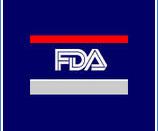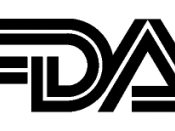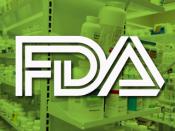Emergency care is one of the most complex areas in the medical field. It is often the first medical assistance an individual receives. This care may take place outside the hospital without the guidance of a medical doctor or in an emergency room with a full medical staff. Breakthroughs in emergency care have been crucial in improving the outcomes of patientÃÂs health. These innovations have defined how patients are rescued, treated, and cared for. Three recent emergency care innovations are Polyheme, Quikclot, and natural bandages.
Polyheme is an artificial blood produced by Northfield Laboratories in Evanston, Illinois. It is made from hemoglobin that is removed from red blood cells and filtered through a series of chemical treatments. This product acts as an ÃÂoxygen-carrying red blood cell substitute for the treatment of life-threatening blood loss when an oxygen-carrying fluid is required and red blood cells are not availableÃÂ (northfieldlabs.com). Although a saline solution is given to victims in order to replace rapid blood loss, it does not carry oxygen like Polyheme. Polyheme may actually be better to use than donor blood in certain circumstances such as in use of hemorrhaging patients because the product is thinner than real blood. There are many other benefits to using Polyheme. It can be stored at room temperature and has a shelf life of twelve months. This makes it very useful in emergency situations. This blood substitute is also universally compatible with all blood types. This will save time from having to check the victimÃÂs blood types. Another benefit is that the Church of JehovahÃÂs Witnesses has allowed transfusions of Polyheme. ÃÂWhile the JehovahÃÂs Witness Church discourages transfusions due to the biblical strictures against consumptions of blood, it has given its 1 million American members leeway to accept products that...


